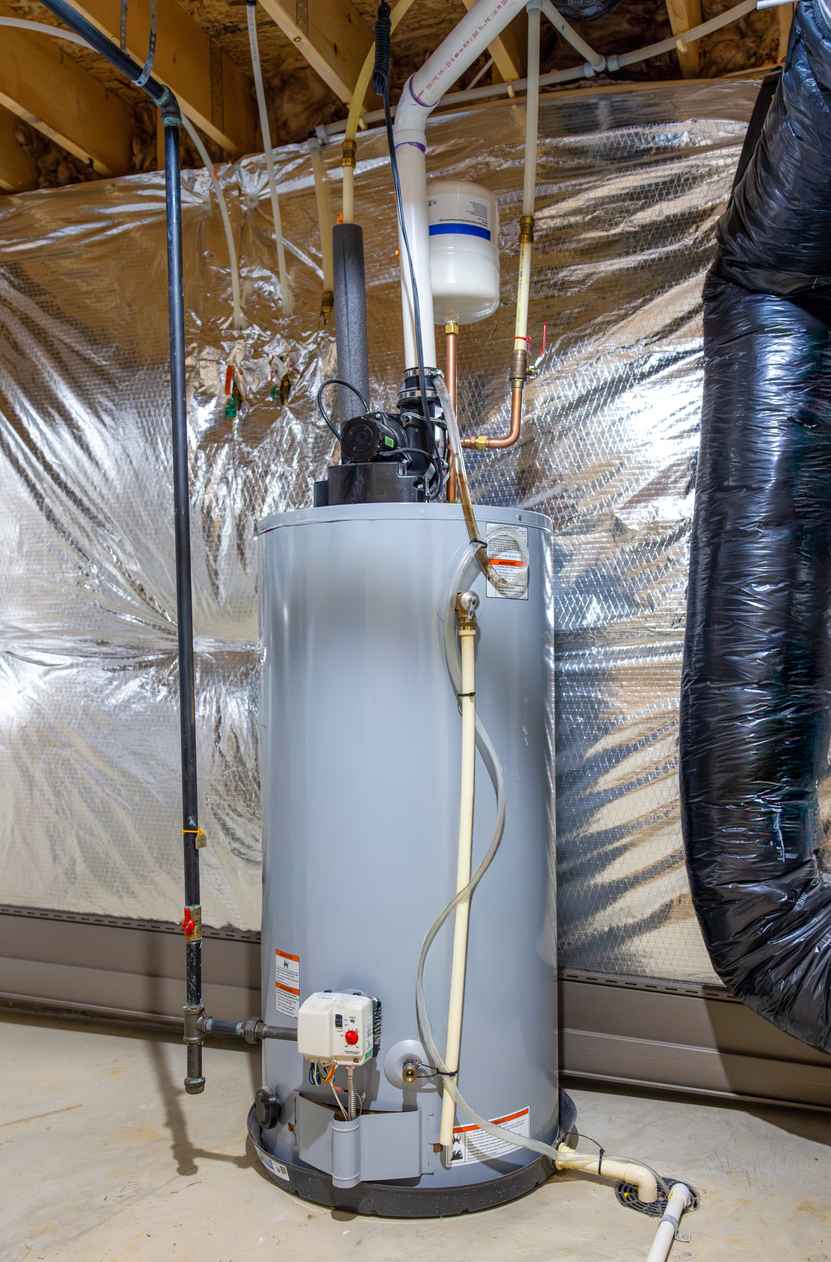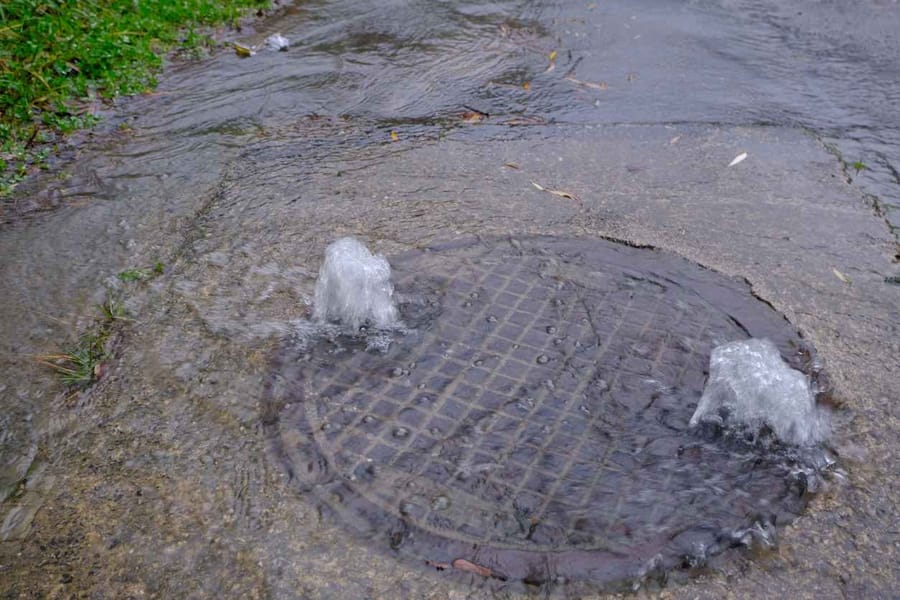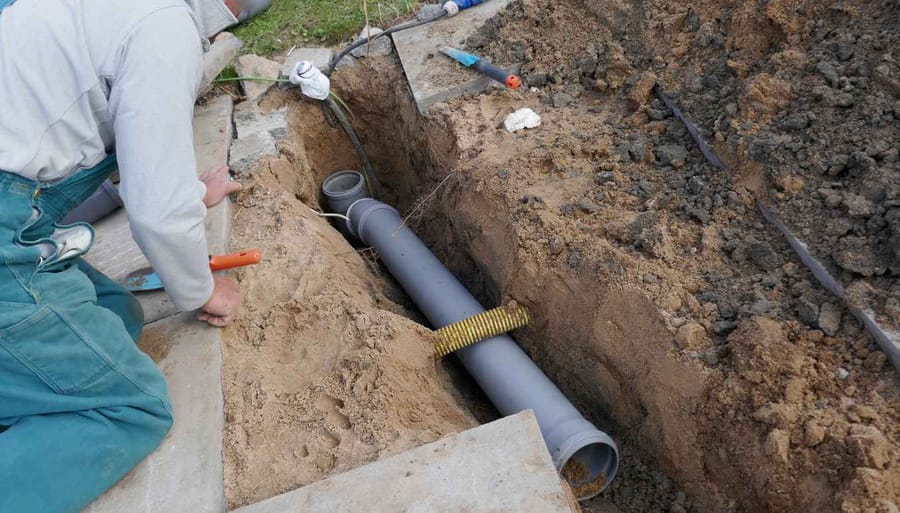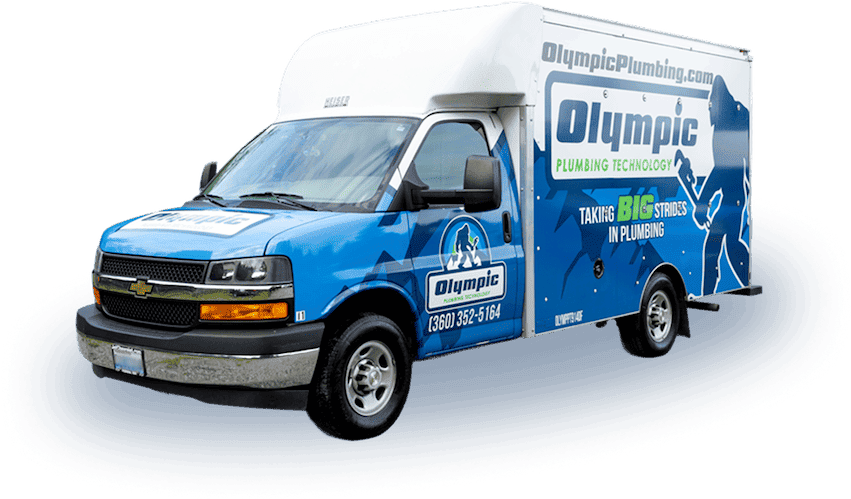Serving the Greater South Sound Area
South Sound Fall Plumbing Prep Checklist
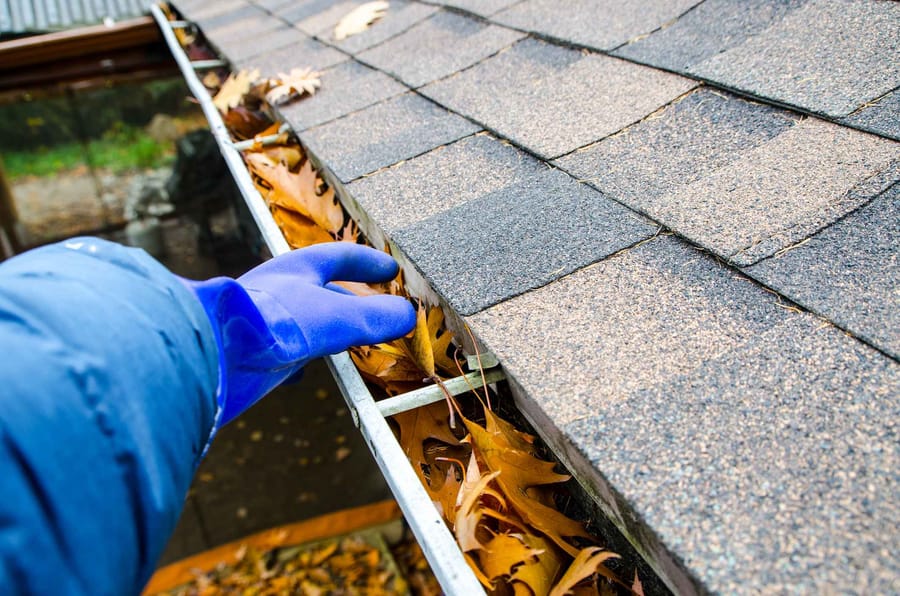
As temperatures start to drop and the rainy season returns, South Sound homeowners know it’s time to get their plumbing systems ready for the months ahead. From Olympia to Tacoma, cooler weather and heavy rainfall can put extra stress on pipes, drains, and water heaters, making fall the perfect season for preventive maintenance.
Preparing your plumbing system now helps prevent frozen pipes, leaks, and costly repairs once winter sets in. It also keeps your home running efficiently during the region’s wet and chilly months.
This blog highlights the most important steps to protect your home’s plumbing before the weather turns. With a few proactive measures and professional support, you can avoid winter plumbing problems and enjoy peace of mind all season long.
Why Fall Plumbing Prep Matters
The South Sound’s mild but wet climate makes fall an essential time for plumbing maintenance. While the region rarely experiences deep freezes, even brief cold snaps and heavy rainfall can cause major problems for unprepared homes. Taking time to inspect and maintain your plumbing system now can save you from expensive repairs later.
Prevent Frozen or Burst Pipes
When temperatures drop near freezing, exposed or uninsulated pipes are at risk of freezing and bursting. Fall preparation helps protect vulnerable pipes and outdoor faucets, reducing the chance of water damage.
Avoid Flooding During Heavy Rain
Autumn brings consistent rainfall to the South Sound, and clogged gutters, drains, or sump pumps can quickly lead to basement flooding. Regular maintenance ensures that your drainage systems work properly when the weather turns wet.
Save Money and Stress
Routine plumbing inspections catch small leaks, corrosion, or inefficiencies before they escalate into emergencies. Addressing these issues early prevents costly water damage and keeps your system running smoothly through the colder months.
Inspect Pipes and Outdoor Faucets
Before the South Sound’s temperatures drop, take time to inspect your plumbing system—especially exposed pipes and outdoor fixtures. Even brief cold spells can cause pipes to freeze, crack, or burst, leading to serious water damage.
Check for Leaks or Corrosion
Walk through your home and look for signs of moisture, rust, or dripping under sinks, in crawl spaces, and around visible pipes. Small leaks may seem harmless now but can worsen as temperatures fluctuate.
Protect Outdoor Faucets and Hoses
Disconnect all garden hoses and drain any remaining water. Shut off outdoor spigots at their interior valves, then open the exterior faucets to release pressure. Consider installing insulated faucet covers for extra protection against freezing.
Insulate Exposed Pipes
Pipes in unheated areas, like garages, basements, or crawl spaces, should be wrapped with foam insulation sleeves or heat tape. This simple step helps prevent freezing and maintains steady water pressure throughout the winter.
Clean Gutters and Downspouts
During the fall season, leaves and debris can quickly clog gutters and downspouts throughout the South Sound region. Blocked drainage systems cause water to overflow, leading to roof leaks, foundation erosion, and even basement flooding. Keeping your gutters clear is one of the simplest ways to protect both your home and its plumbing.
Remove Debris and Check Water Flow
Clear leaves, twigs, and dirt from gutters and ensure that downspouts are free of obstructions. After cleaning, run water through the system with a hose to confirm that it drains properly away from your foundation.
Install Gutter Guards or Extensions
To minimize future buildup, consider adding gutter guards to keep out leaves and pine needles. Downspout extensions can also help direct water farther from your home’s foundation, reducing pressure on your drainage system.
Test Sump Pumps and Basement Drains
In the South Sound, heavy fall rainfall can quickly raise groundwater levels and overwhelm drainage systems. A properly functioning sump pump is your first line of defense against basement flooding and water damage. Testing it before storm season ensures your home stays protected when rain is at its heaviest.
Test the Pump’s Operation
Pour a few gallons of water into the sump pit and watch to make sure the pump activates automatically and drains the water efficiently. If it hesitates, runs slowly, or makes unusual noises, it may need cleaning or repair.
Inspect the Discharge Line
Ensure the discharge pipe is free of debris and directs water away from your foundation. If your line freezes or clogs, your sump pump can’t function properly, leaving your basement vulnerable during heavy rainfall.
Consider a Battery Backup System
Power outages are common during strong fall and winter storms. Installing a battery backup keeps your sump pump running even when the electricity goes out, preventing costly flooding.
Check Water Heater Performance
As temperatures drop, your water heater works harder to meet your household’s hot water needs. Performing maintenance in the fall ensures your system runs efficiently through the colder months and helps prevent unexpected breakdowns when you rely on it most.
Flush the Tank to Remove Sediment
Over time, minerals and sediment collect at the bottom of your water heater tank, reducing efficiency and heating capacity. Flushing the tank once a year removes buildup and extends the life of the appliance.
Inspect for Leaks, Corrosion, or Rust
Check around the base of your unit and the fittings for any signs of moisture or rust. Small leaks can lead to bigger problems if ignored, especially during the high-demand winter season.
Test the Temperature and Pressure Relief Valve
The T&P valve is a vital safety feature that prevents excess pressure from building inside your tank. Lift the lever briefly to ensure water flows freely, then let it snap back into place. If it leaks or sticks, it may need replacement.
Adjust the Temperature Setting
Set your thermostat to around 120°F for optimal energy savings and comfort. Higher temperatures increase energy use and can pose a scalding risk.
Schedule a Professional Plumbing Inspection
While many fall plumbing tasks can be handled by homeowners, some issues are best left to the experts. A professional inspection ensures that every part of your plumbing system, from hidden pipes to water heaters and drains, is in top condition before the colder, wetter months arrive. Scheduling an annual inspection is one of the easiest ways to protect your home and ensure your plumbing is ready for whatever the South Sound weather brings.
Protect Your South Sound Home with Fall Plumbing Maintenance
Preparing your plumbing system for the fall and winter seasons is one of the best ways to safeguard your home from costly damage and unexpected repairs. By following this South Sound fall plumbing prep checklist, you’ll keep your pipes, drains, and water heater in excellent condition through the region’s rainy and cool months.
Routine maintenance tasks like inspecting pipes, cleaning gutters, and testing sump pumps can make a big difference in preventing leaks and water damage. Pairing these efforts with a professional inspection ensures your plumbing system is efficient, reliable, and ready for the months ahead.
For expert help protecting your home this season, contact Olympic Plumbing Technology. We provide trusted plumbing maintenance and inspection services throughout the South Sound, helping homeowners stay dry, comfortable, and worry-free all winter long.




